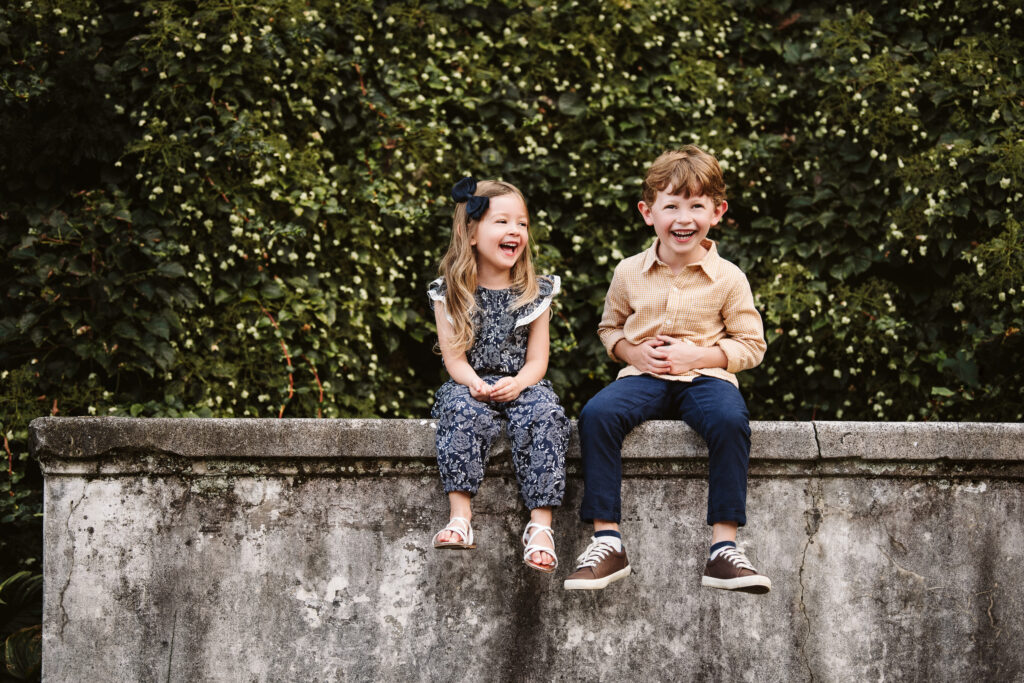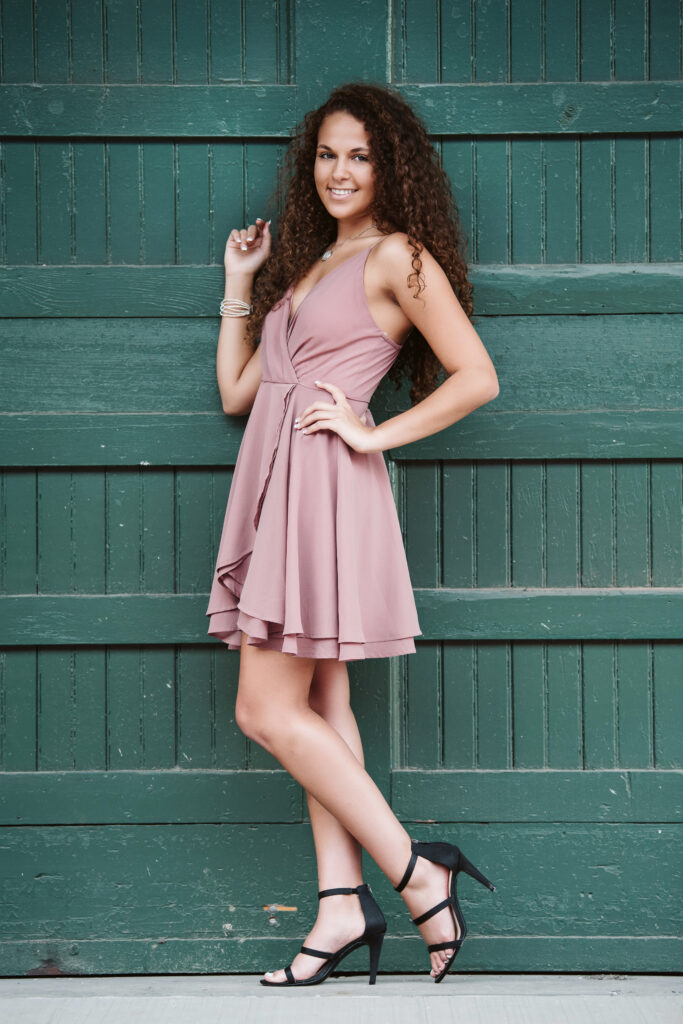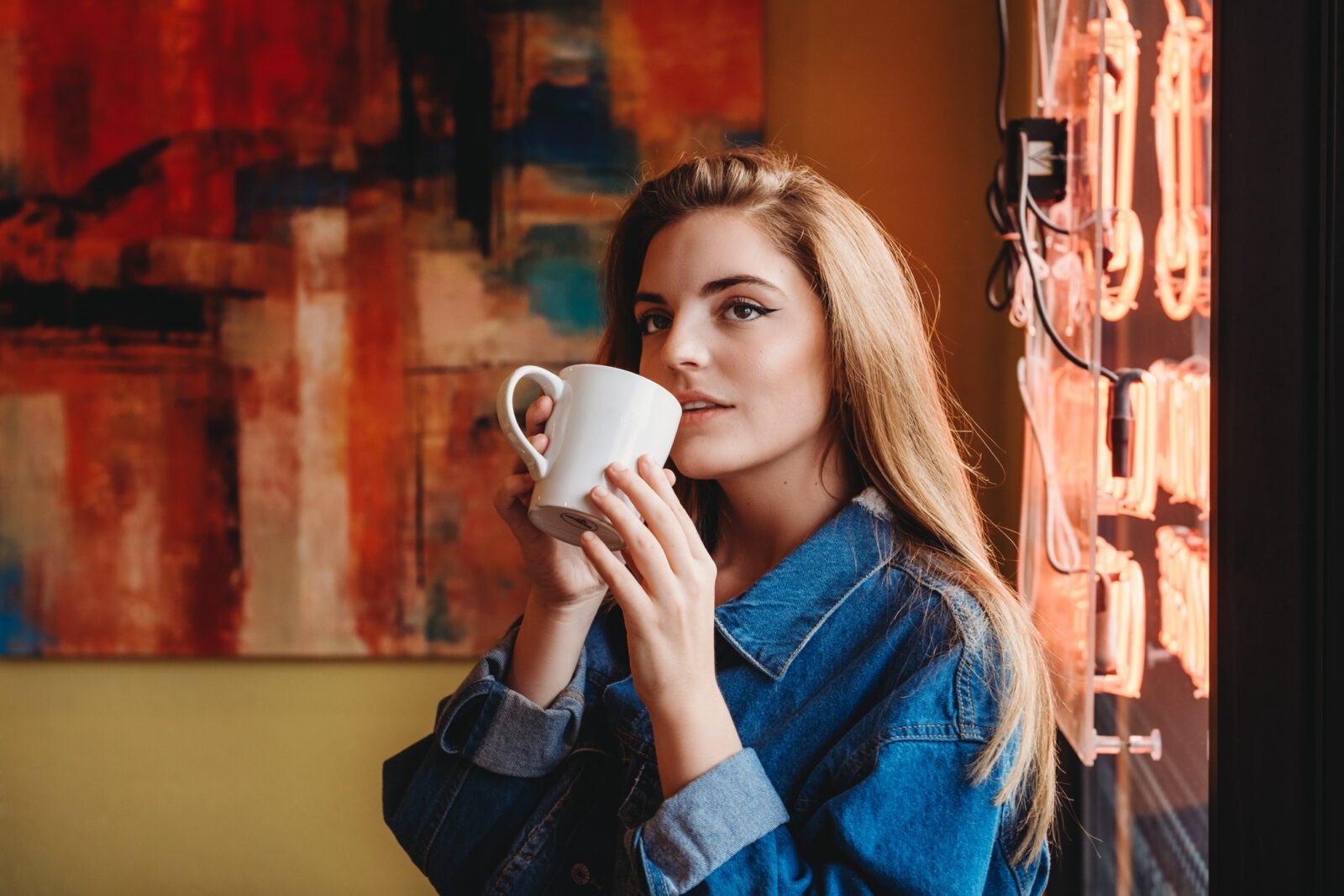color theory
Today, we will focus on color. I want you to notice how colors interact with each other. Once you learn to see color, it can transform the quality of your photos! Let’s examine five ways to explore color.
Primary
colors that can not be mixed from other colors.
Examples: Red, yellow, blue
The children are wearing yellow and blue.

Complementary
Opposites on the color wheel.
Examples: yellow and purple, orange and blue, red and green
The mauve tones of the dress pop with the calm green door in the background. The orange/brown fall leaves complement the blue scarf and sweater.


Secondary
A mix of two primary colors.
Examples: green, orange, purple
Do you see the secondary colors in the glasses of juice? Do you notice the shades of orange in the basket with greens along the building?


Analogous
Neighbors on the color wheel.
Examples: blue and green, blue and purple, yellow and green, yellow and orange, red and orange, red and purple
Do you see the green in the car and leaves and the blue of his clothes? Notice the orange and yellows in the building and roof?


Monochromatic
A color mixed with white and black – tints and shades.
The blue in the sky and and water dominate this image.

There are also three components to color to consider: hue, value, and saturation. You can use these variables to create balance and harmony in your photographs.
Hue: what you traditionally think of when you think of the word “color.”
Value: the lightness or darkness of the color
Saturation: the intensity of color
Questions and next steps
Send your questions in the comment section below. I love photography and am happy to help others on their journey. The next lesson will be on learning how to compose. Stay tuned. 🙂
Ready to document your story?
Let’s work together to create beautiful images that you can treasure for a lifetime!




